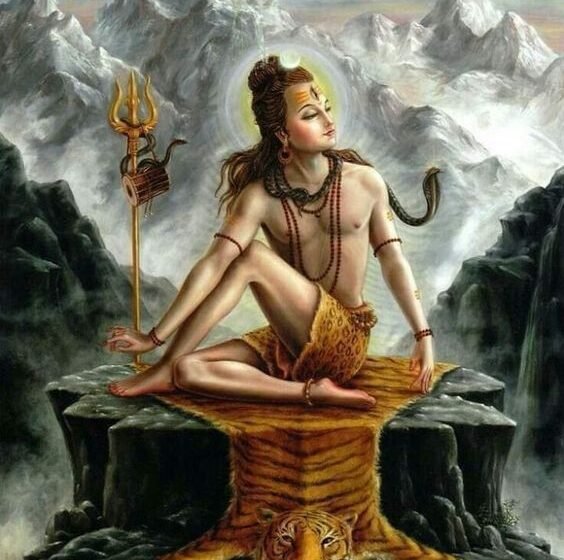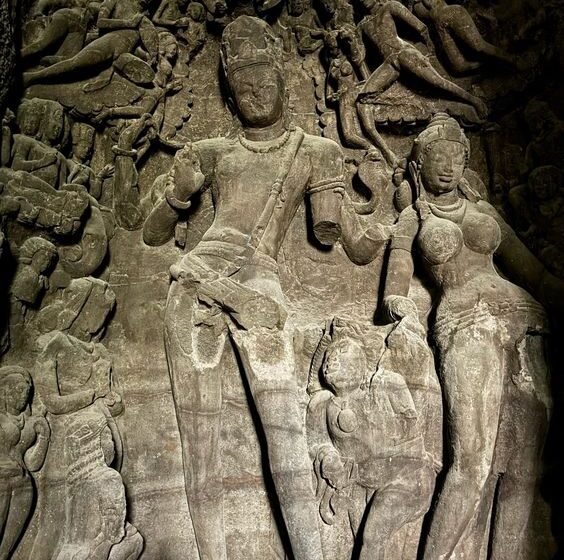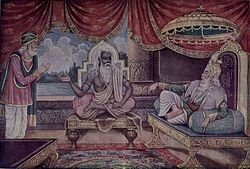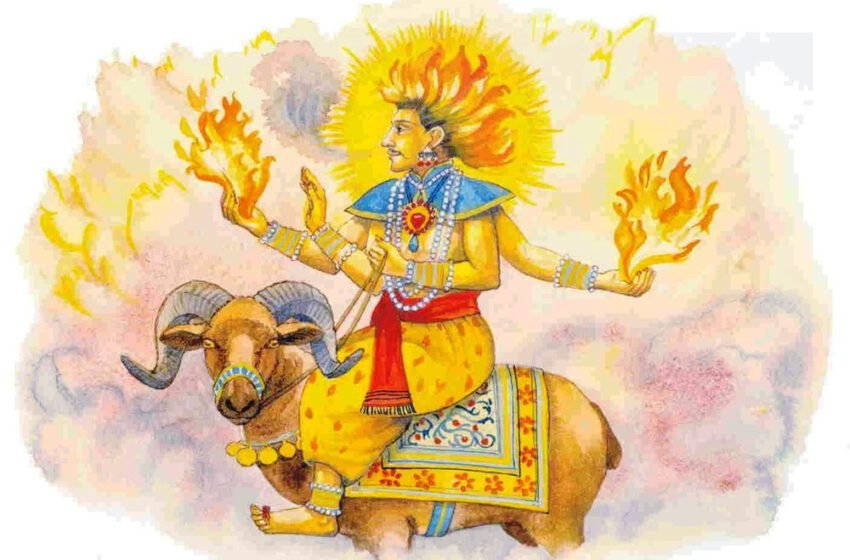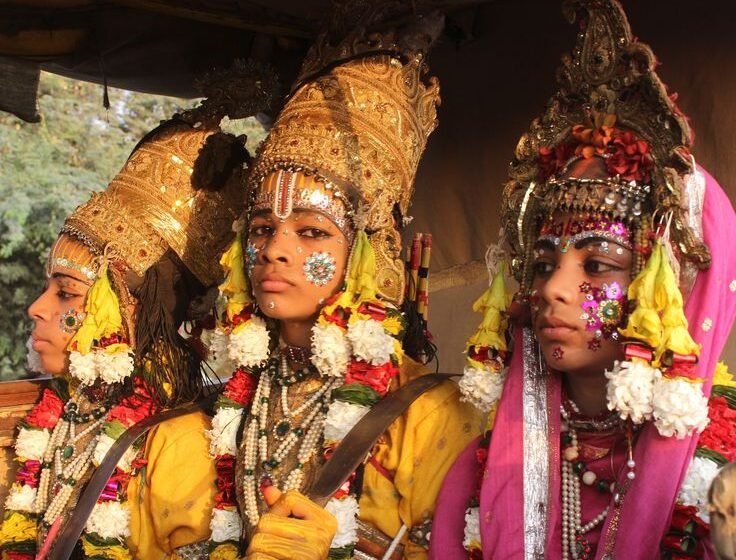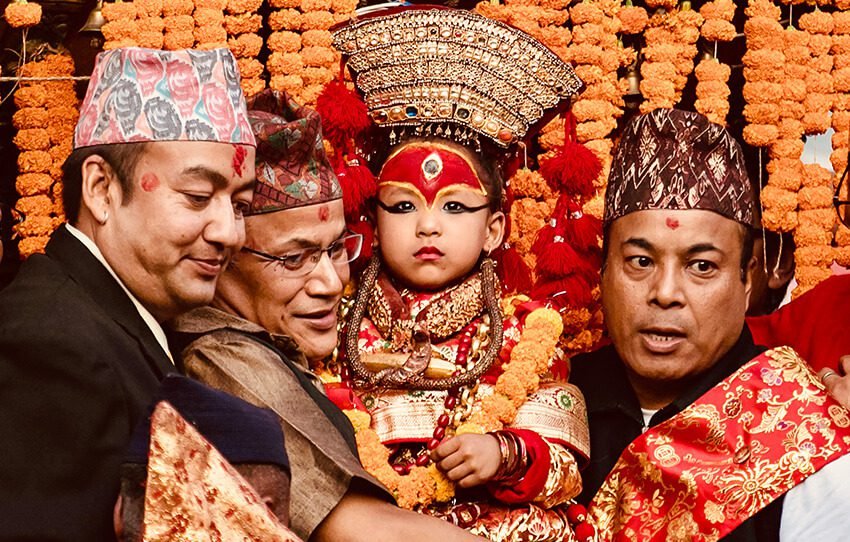We hear it all the time—yoga is good for you. It’s calming, it improves flexibility, it helps with mindfulness. But let’s be real, it’s become a buzzword, a global phenomenon that’s taken everything from fitness to wellness by storm. However, beneath all the trends and fancy yoga studios, yoga is deeply rooted in a rich, […]Read More
Tags : INDIAN HISTORY
Rochester Castle: The Guardian of England’s 11th Century Military Legacy
Located in the historic city of Rochester, Kent, Rochester Castle stands as a testament to the military might and architectural skill of the Normans. Built in the 11th century, this impressive structure has endured countless sieges, battles, and the shifting political dynamics of medieval England. With its towering keep and rich historical importance, Rochester Castle […]Read More
The Elephanta Caves are located on Elephanta Island also known as Gharapur, in Mumbai Harbour. This island has been home to people since as early as the 2nd century BCE making it an important historical site. Originally, the island was a Buddhist site, but over time, it became a major centre for the worship of […]Read More
Exploring the Origins of The Matsya Purana: The First Avatar
One of the 18 Mahapuranas in Hindu Literature, the Matsya Purana is among the most important and oldest writings. It revolves around the story of Lord Vishnu’s first incarnation, the Matsya (fish) avatar, as the name implies. Cosmology, geography, religious ceremonies, building temples, and the responsibilities of rulers are only a few of the many […]Read More
Nyaya Philosophy: How Deep Thinking and Realism Thrived in Ancient
Nyaya, a system developed to facilitate reasoning among the six systems of the Indian philosophy finds a place of pride in the Indian history. Also known as the ‘school of reasoning’, it deals primarily with the principles of logic, epistemology and realism which eventually formed the essential foundations of systematic investigation and controversy in Indian […]Read More
Situated in the serene Kashmir Valley, Srinagar happens to be the summer capital of the State of Jammu and Kashmir. It stands as one of the historically richer and more beautiful cities in India. Fondly celebrated for their scenic beauty by the majestic Himalayan mountains, serene Dal Lake, and vibrant gardens, it is indeed an […]Read More
MAA KALI AND GODDESS ATHENA:Contrasting Oneness
The prominent Hindu Goddess Maa Kali retains the symbolism of being the goddess of Death and Destroyer of the universe, while also possessing Lajja or modesty as her inherent traits. She is depicted in many scriptures and her worship is widespread throughout India and its neighbouring countries. Similarly, Goddess Athena is a prominent Greek goddess […]Read More
Agni Purana: An Ancient Guide to Dharma, Cosmology, and Worship
The Agni Purana continues to be one of the important texts among the eighteen Mahapuranas of Hindu literature. It is the text attributed to and named after Agni, the Hindu God of Fire. On reading one finds the text to be dealing with topics concerning ancient Indian culture, tradition and subjects of cosmology, philosophy, and […]Read More
Ramlila at Ramnagar, Varanasi: An Ever-Living Tradition of Love and
Every year, in the spiritual heart of India, the town of Ramnagar near Varanasi hosts one of the most unique cultural and spiritual spectacles in the world—the Ramlila. This centuries-old tradition brings the revered tale of the Ramayana to life with fervor and devotion, capturing the hearts of thousands who attend it each year. More […]Read More
An interesting tradition from Nepal, with a history believed to be over 300 years old- the kumari – is the worship of a living goddess, an avatar seen in a prepubescent girl who is chosen by the communities of Nepal. The tradition began with the story of King Jayaprakash Malla and Goddess Taleju. When the […]Read More
